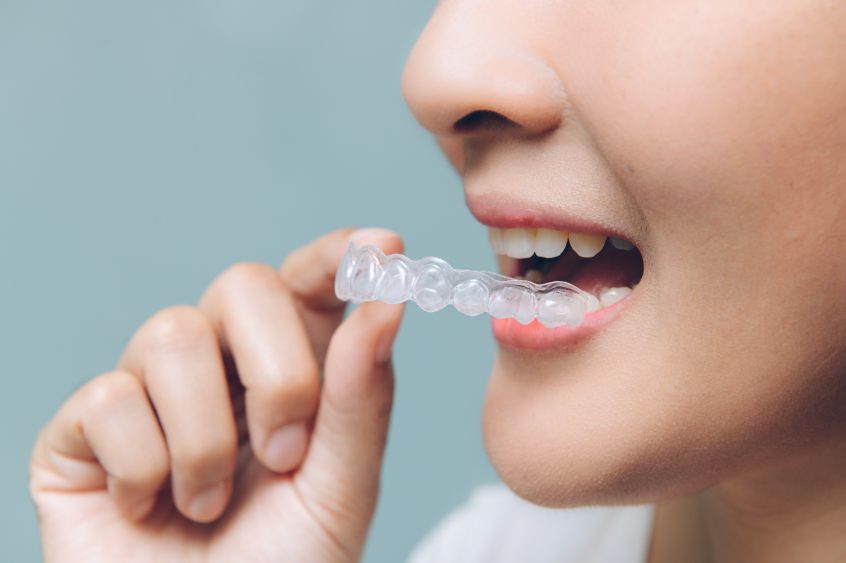Q: I’m thinking of finally doing something I’ve wanted to do my whole life – straighten my teeth. I’ve been researching both Invisalign and braces but I can’t decide… which is the best?
A: Welcome back to another edition of Ask Dr. Williams, and thank you for the question. Congratulations on the big decision, it will be well worth the journey. Orthodontic treatments are for more than getting a nice smile – straight teeth are also easier to keep clean and healthy so that your teeth stay strong and healthy for a long time to come.
But in order to get there, you may need to get either braces or Invisalign. You asked which is best and the honest answer is that it will depend on a couple of factors: the existing condition of your teeth and your personal choice. Let’s break it down a bit more.
Braces vs Invisalign
As you likely know, braces are an appliance consisting of brackets adhered to the teeth that are connected with a wire. Your orthodontist will adjust the wire (usually monthly), which will gently force the teeth to move around the mouth until they are straight and aligned. Each appointment with the orthodontist will usually result in at least a day of discomfort, possibly a bit longer, as the person gets used to the new tension in the mouth.
Invisalign, on the other hand, consists of a series of “trays”, much like clear retainers, that a person wears in succession, each slightly different than the last so that the teeth gently move. These, too, are usually replaced monthly and by the end of each month, the tray should easily slip over the teeth and the new one will feel slightly uncomfortable.
Braces
Braces have been around for a long time now and they are very effective, especially with teeth that need a lot of adjusting. There is, unfortunately, a social stigma that some adults feel, and so some choose to get “clear” braces (tooth-coloured, porcelain brackets instead of metal ones). Depending on the position of the teeth to begin with, braces might be the only suitable option, especially if the plan requires to move the jaw forward or backward so that the teeth align on top of each other.
Invisalign
Invisalign is a less noticeable procedure because the trays are made of a clear material. They are also very effective, but more so when a person’s teeth are less out of alignment. They might also be used after a person has had braces if their teeth have shifted a little.
Both braces and Invisalign require diligence and extra care.
A person with braces will need to make sure their schedules allow for a monthly orthodontist appointment, and potentially some self-care time if that month is particularly painful. They will also need to ensure they are brushing and flossing with extra caution since it can be more difficult to keep the teeth clean with braces.
For those with Invisalign, the challenge might be keeping the trays in for the majority of the day, only removing them to eat, drink and clean the teeth. We recommend wearing them for approximately 22 hours each day! And remember to change the trays monthly.
You can probably see why saying that one treatment is “better” than another requires a case by case assessment. We recommend you make an appointment for a free consultation and we can take a look and chat about it together.
 604.256.5695
604.256.5695 admin@southsurreysmiles.com
admin@southsurreysmiles.com
